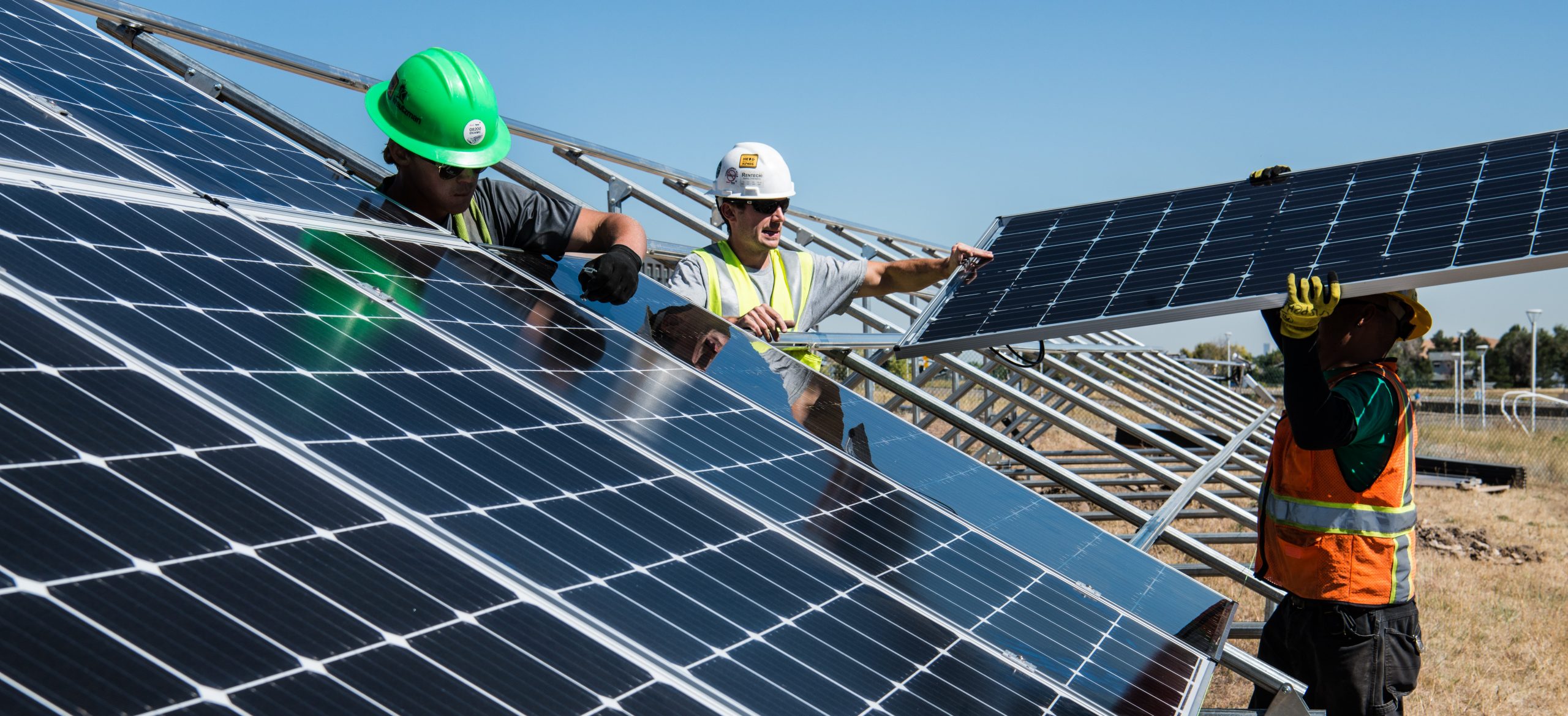After years of advocacy, utilities unite
For six years, REAP has been working collaboratively with stakeholders to create a regional entity in the Railbelt to unite the utilities and develop the necessary foundation to chart a clean energy future for Alaska’s most populous region.
These stakeholders included the Railbelt utilities, independent power producers, consumer groups and others. We’ve worked in front of both the Regulatory Commission of Alaska (RCA) and the state legislature. Last May, we brought language to the legislature that was introduced in both the House and Senate. On March 20, SB 123 passed the legislature and is now on the Governor’s desk.
The legislation ensures that an electric reliability organization (ERO) for the Railbelt region will be created. We’ve been (virtually) celebrating this huge and historic win for Alaska for a few weeks now, and want to make sure our supporters understand how the legislation changes the energy landscape in the region.
So what exactly does this mean for Alaskans and what happens now? Here’s what you should know:



